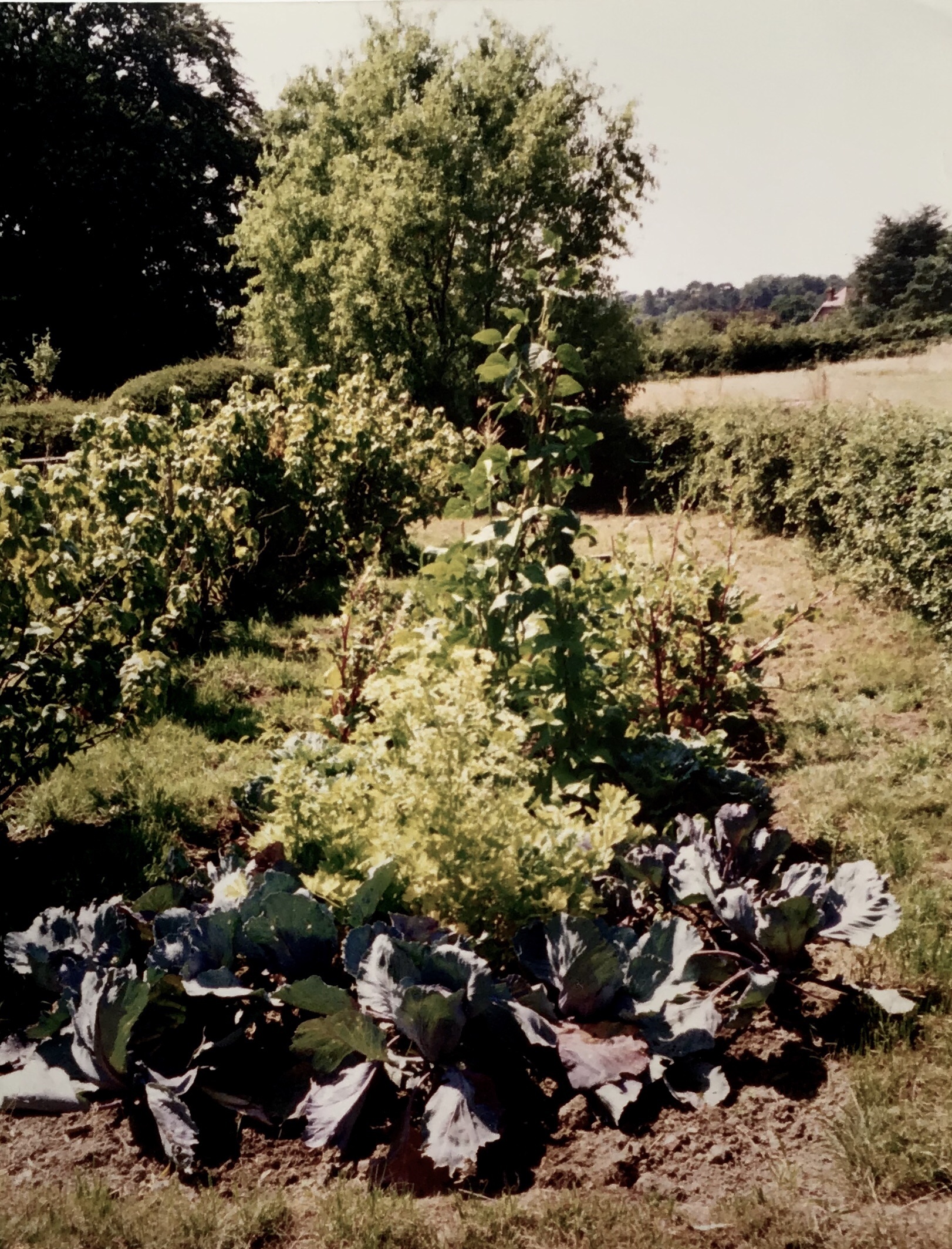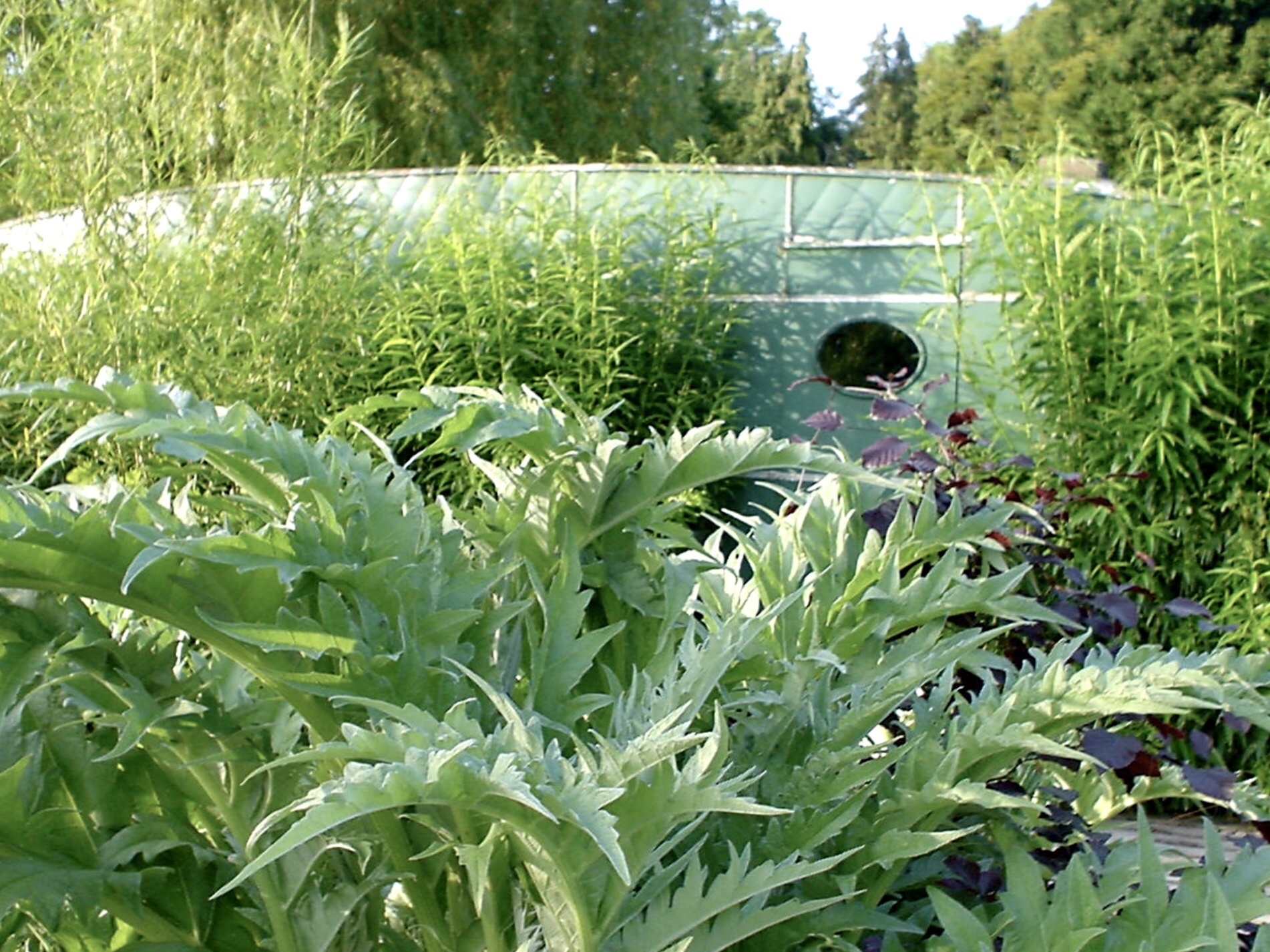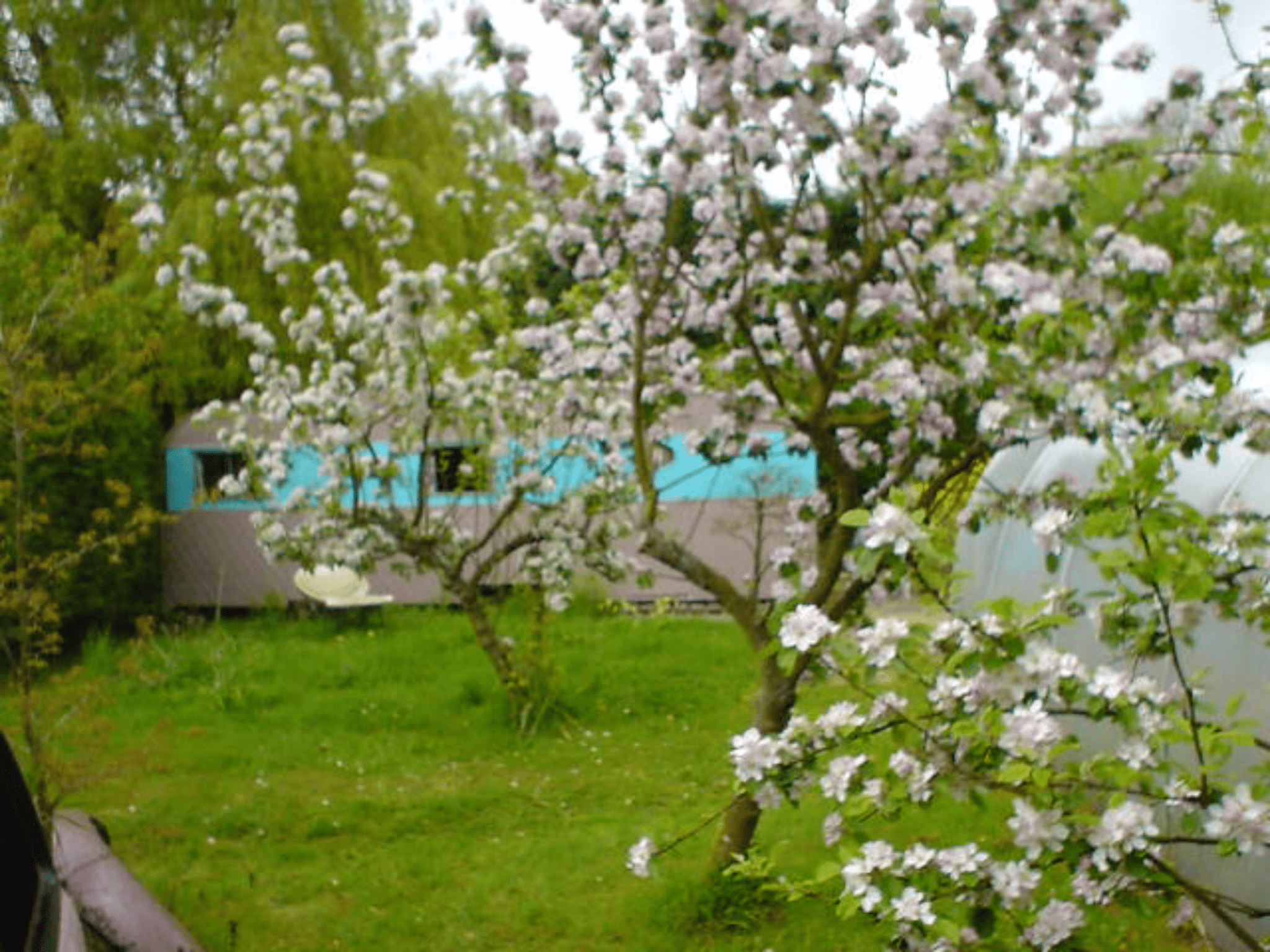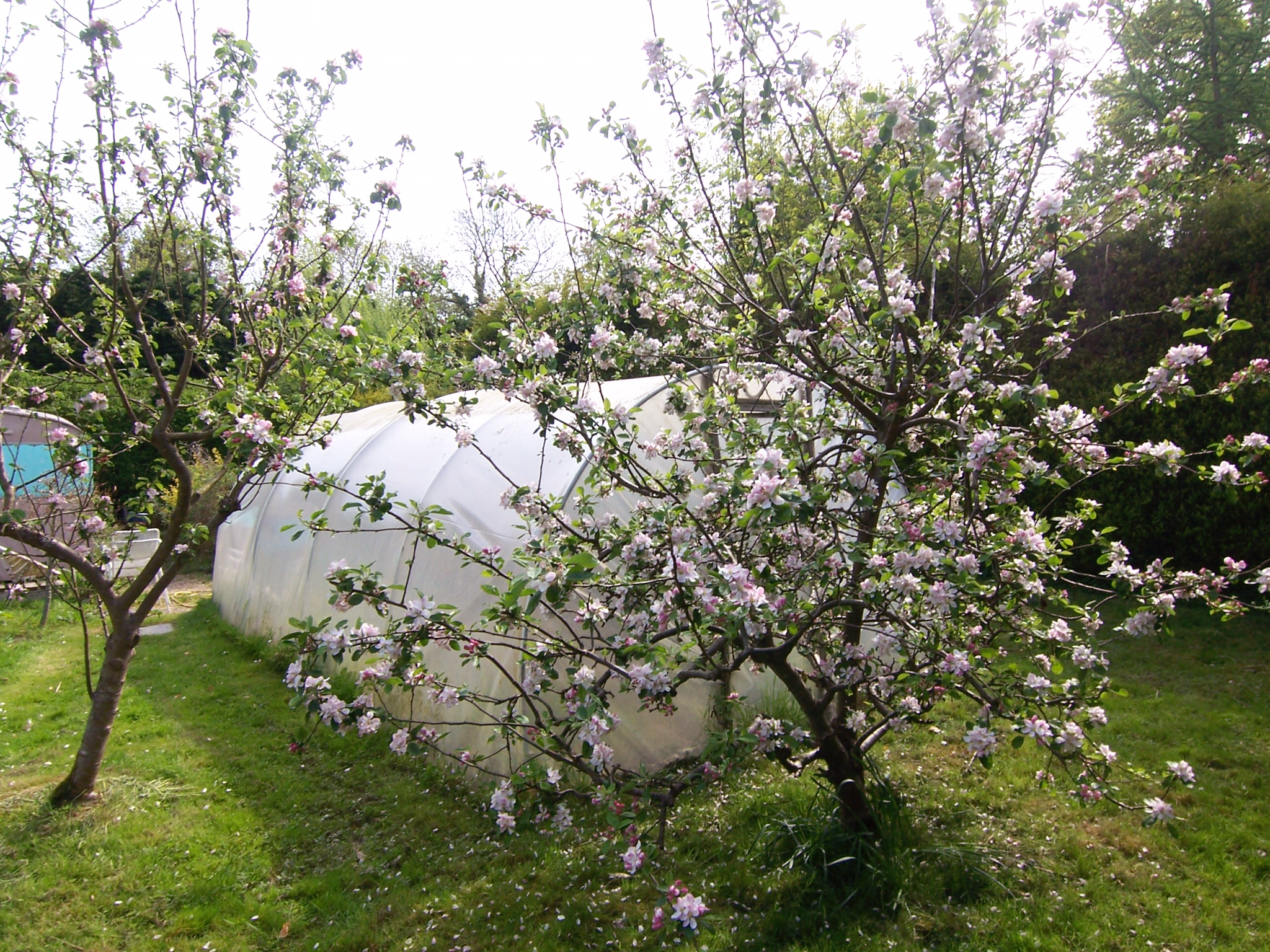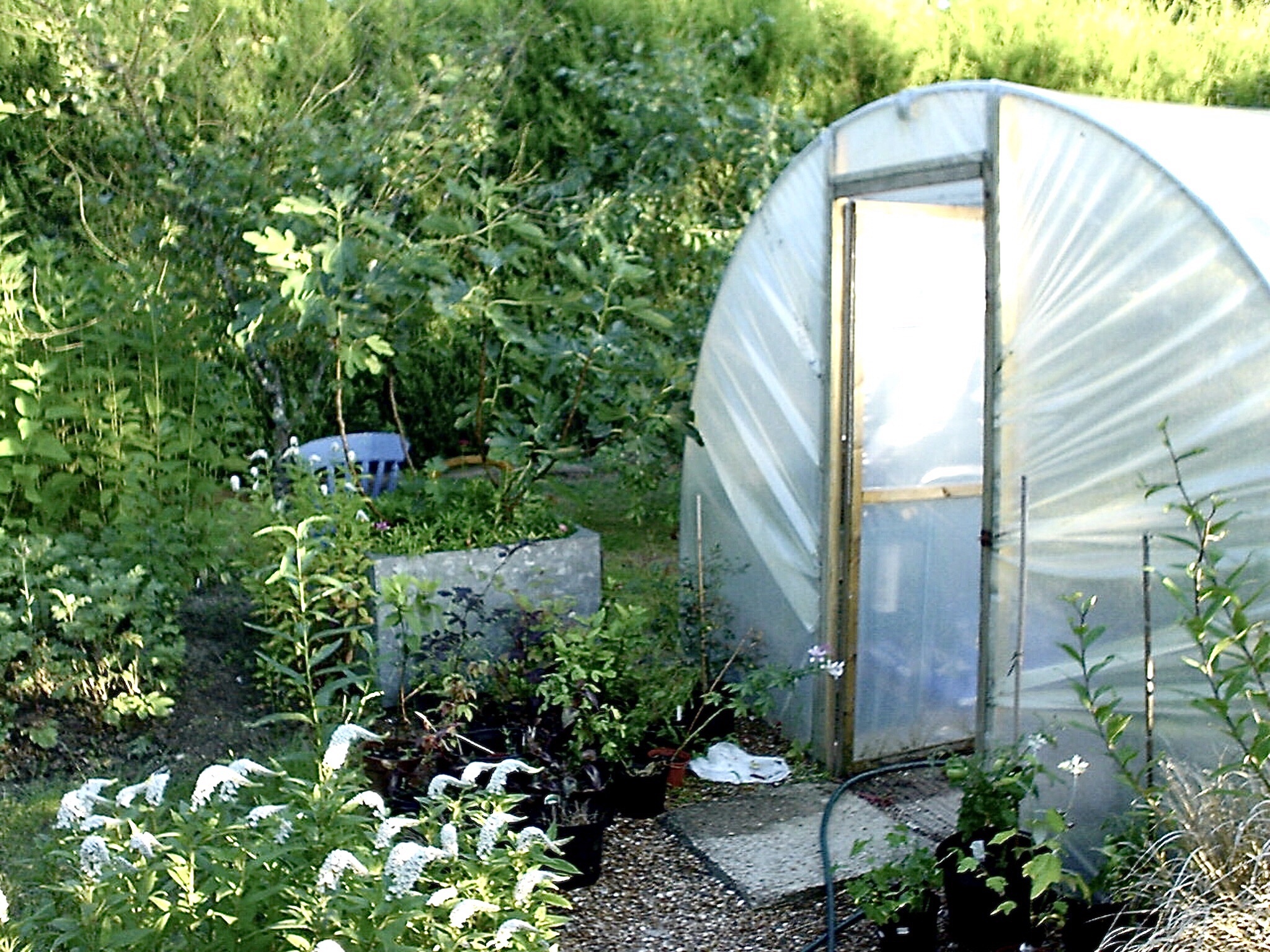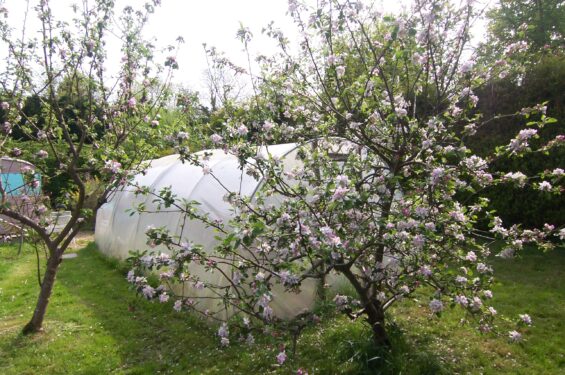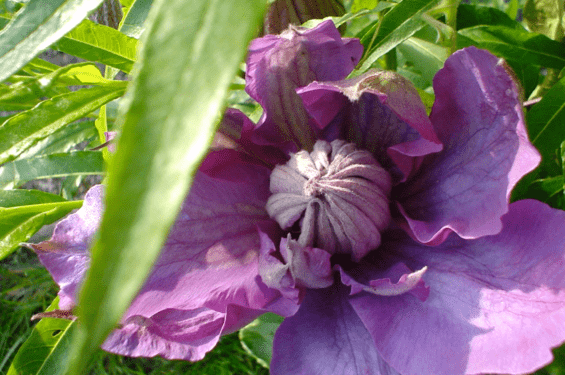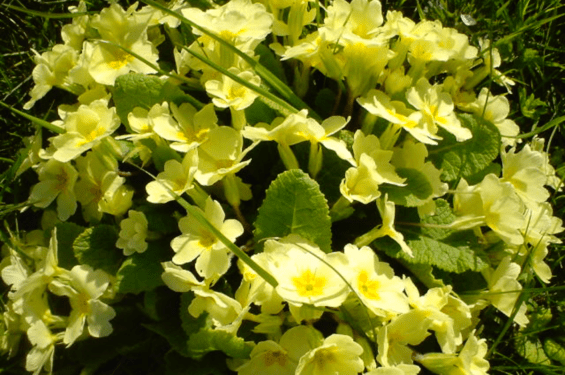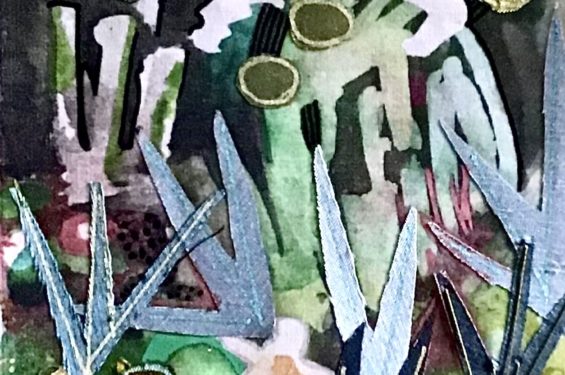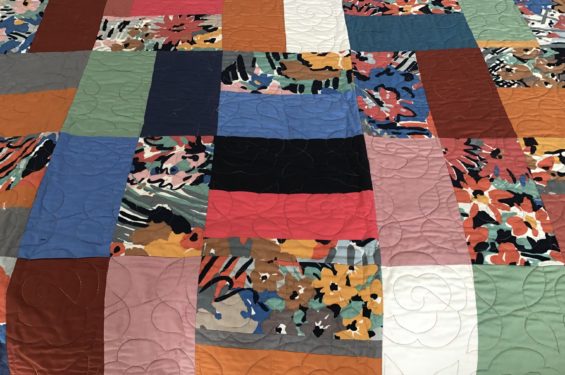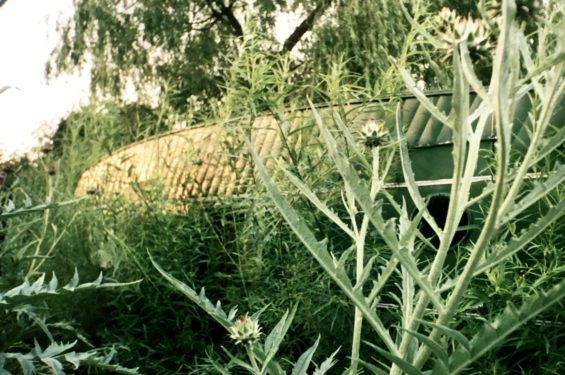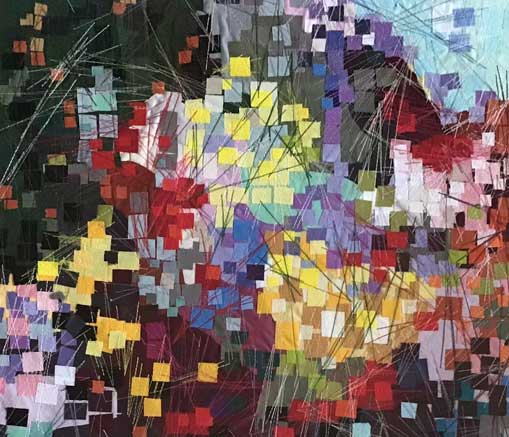The Working Garden – Introduction
Projects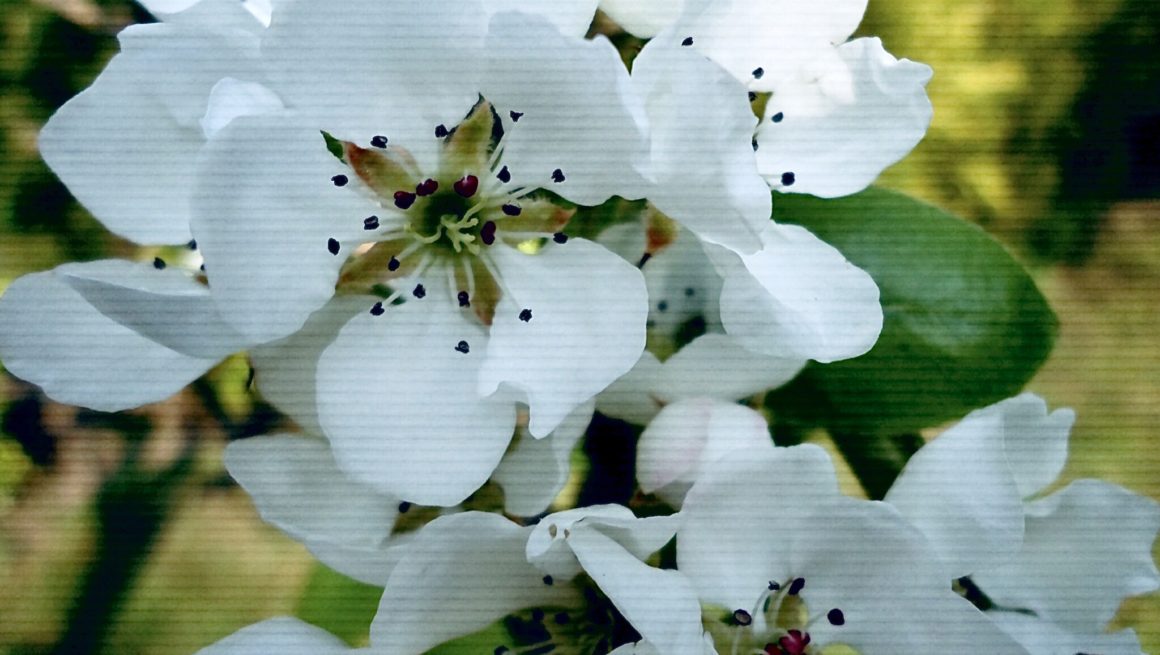
When we bought the house we inherited a potentially beautiful space, with a few interesting leftovers from the previous owners. One was a vast fruit cage which was as long as the house and half the width. It contained a closely packed monoculture of black currant bushes. Sufficient to supply a jam factory, or the manufacturer of Ribena. Nearby was an ancient rickety old greenhouse, and an equally ancient, but apparently watertight shed.
-
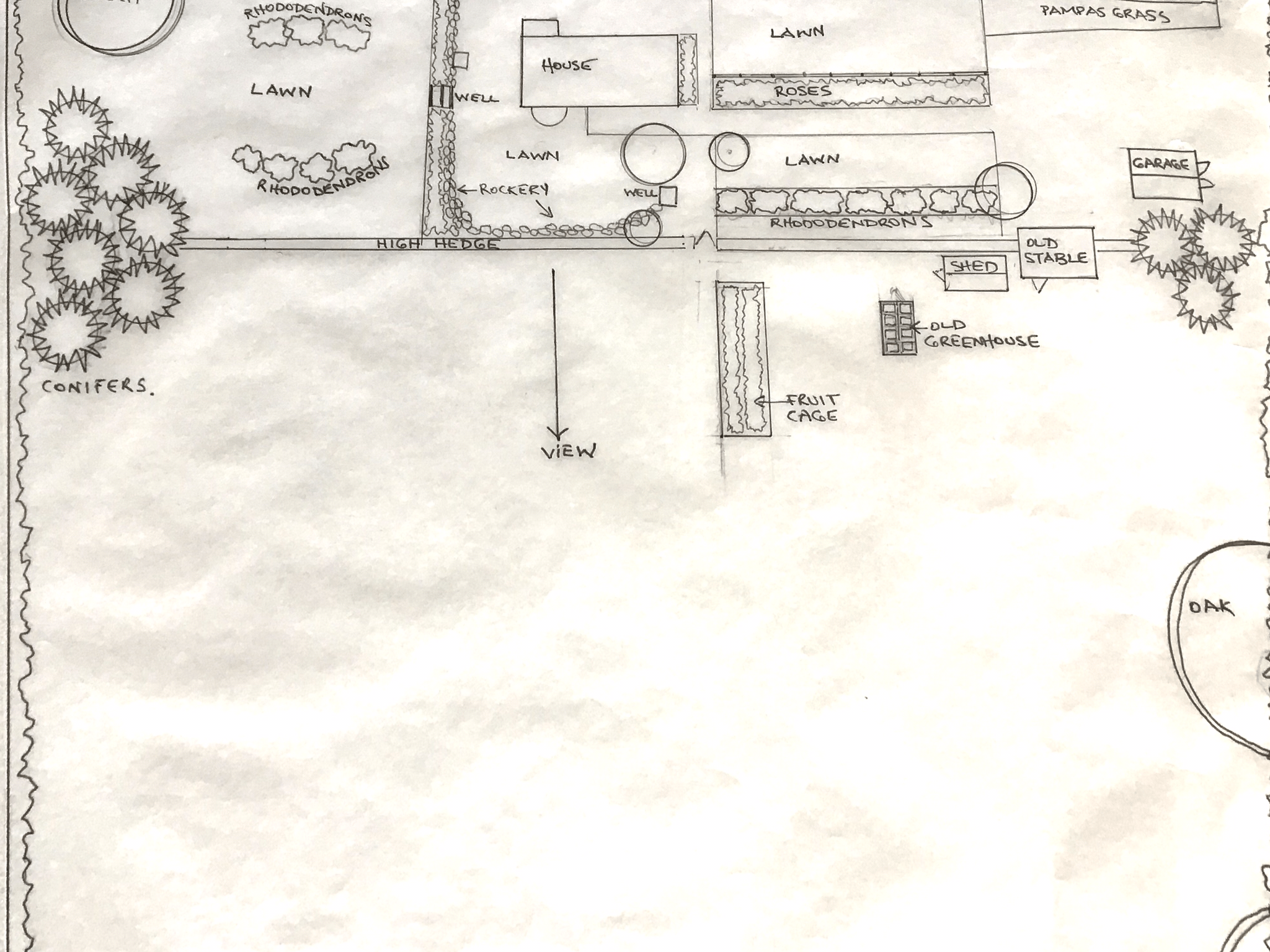
Original shed above and to right of greenhouse
-
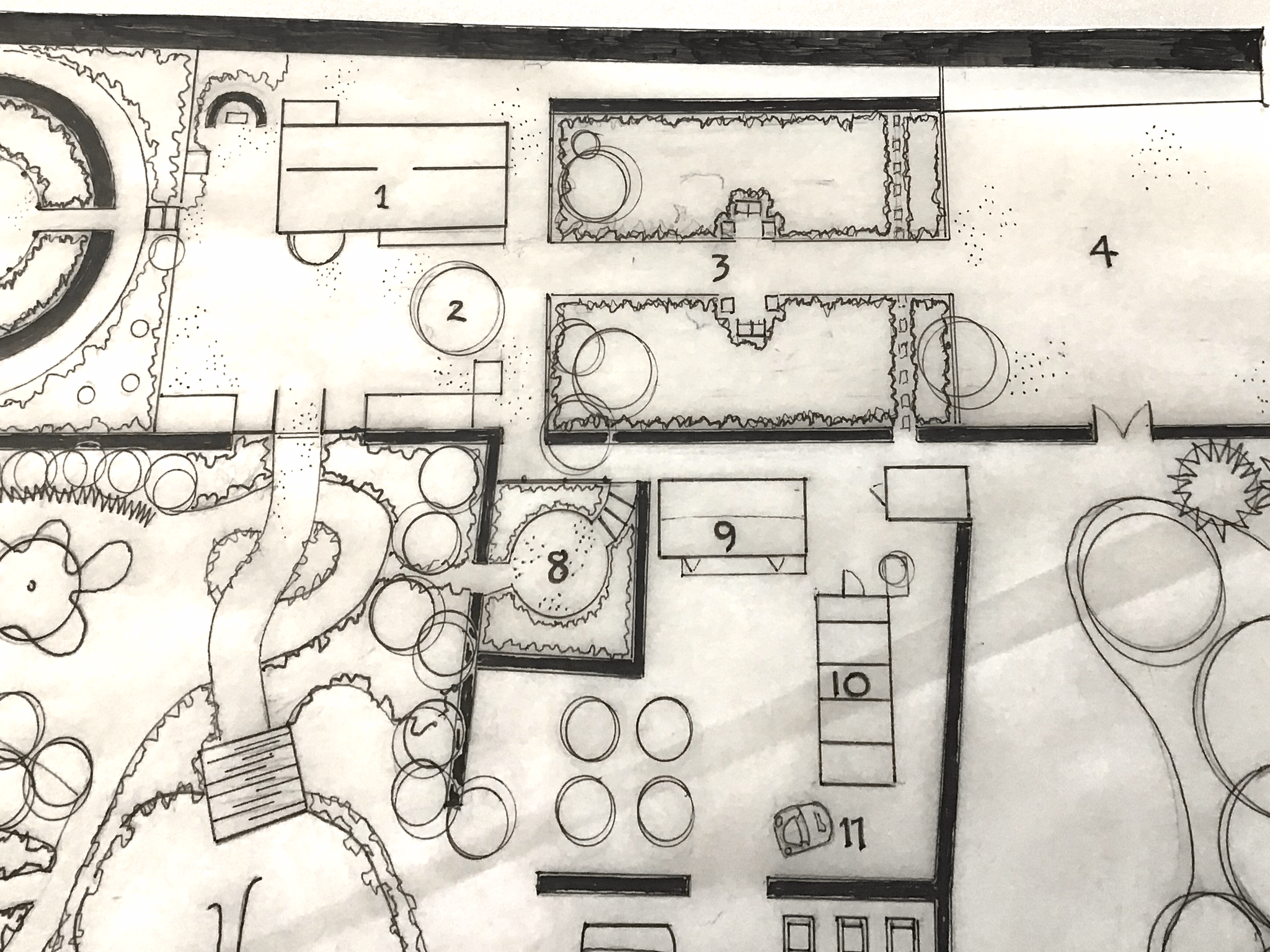
9:Caravan 10: Polytunnel 11: VW Beetle. Original shed to right of caravan
The greenhouse was wrecked early on by the 1987 hurricane. Though the fruit cage netting had been written off, it felt like wanton destruction to get rid of the blackcurrants. We persevered with the annual colossal glut of unwelcome fruit and were pleased the birds had an opportunity to share it with us. Eventually we found the courage to grub out all the bushes and wonder at what we’d do with even more space at our disposal.
A small corner was allocated for a hideous (but popular) above ground swimming pool. I must admit I was secretly delighted when that too got blown to bits. This area was hedged and developed into the Grass Garden
Hedging was obviously a priority, to protect any future projects from the fierce gales that blew straight at us from the south. I think the orchard and eventually the Polytunnel evolved here because it was a sheltered space near to the house and the shed. Tucked away, but accessible.
Fruit trees were introduced. Nothing fancy, but basically anything we could get at a good price. We planted apples, pears and plums, but lacked basic knowledge about staking, so they always had a drunken gait, which I used to kid myself added to the rustic charm.
We also heroically dug several large vegetable plots in the heavy wet clay. This again was an example of enthusiasm over experience and to put it mildly, we had mixed success.
After we’d taken delivery of the Waverley Caravan, we invested in a long Polytunnel where we found we could improve the soil, and the warm protection was a much friendlier environment to grow plentiful vegetables. It also meant that some greens would overwinter so we always had a plentiful choice of salad leaves.
The space in front of the caravan was used for tree and shrub cuttings. We wanted to propagate as much stock as we could. Inevitably, as the years passed, this space became overgrown with tree sized former ‘cuttings’, and in time we cleared the whole area and smartened up the caravan so we could make a more attractive space for spring flowers and somewhere to sit on sunny days. We introduced wild daffodils, crocus, fritillarias, primroses, cowslips and bluebells.
This part of the garden had become a practical work space. The Polytunnel though not beautiful, was far more productive than the cold wet clay borders we’d tried initially, and it was a pleasant place to work on planting, tidying or propagation when the weather was chilly or damp.
The fruit trees did really well, in spite of looking lopsided. They provided us with plenty of apples, plums and pears to jam, jelly, juice or freeze. An old metal water tank became a home for a Brown Turkey Fig, and because the roots were contained, we did well for fruit, which ripened a couple at a time and were great with our breakfasts.
There was always room either inside or outside the Polytunnel for new cuttings and seedlings, and new plants ready to put out.
The old wooden shed, which contained our garden tools, mower, and a proportion of our kindling and logs for the woodburner eventually began to leak and was beyond repair. The new, cheap metal replacement was far from picturesque but it did the job.
